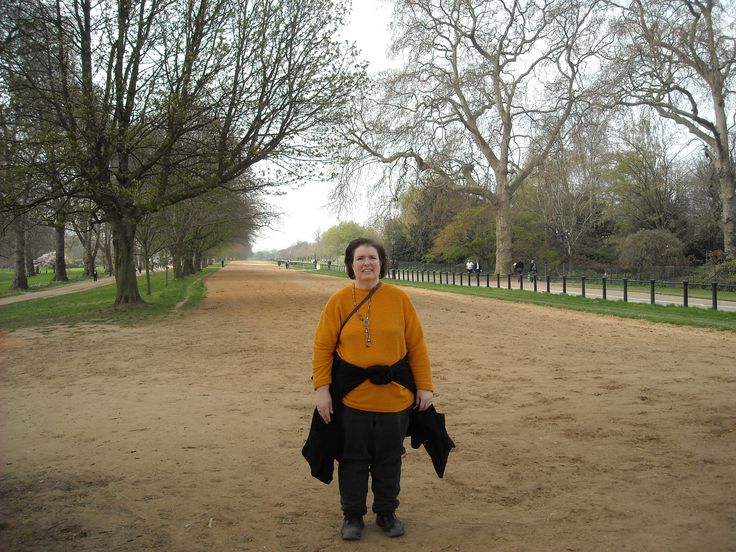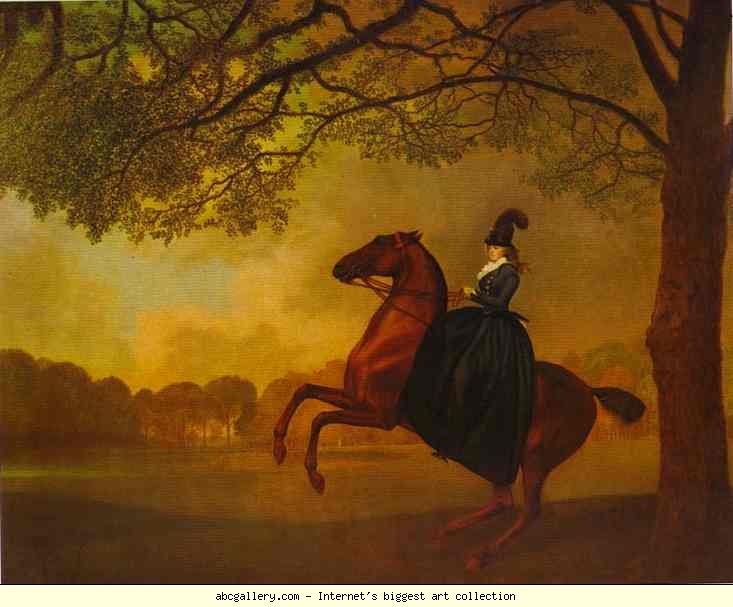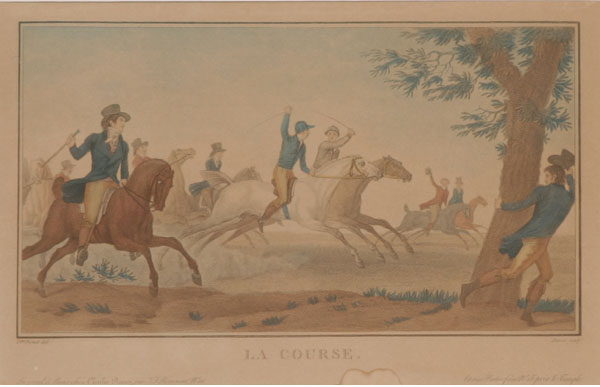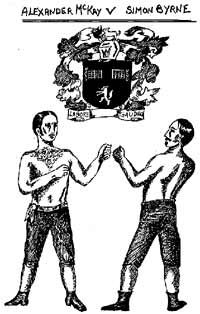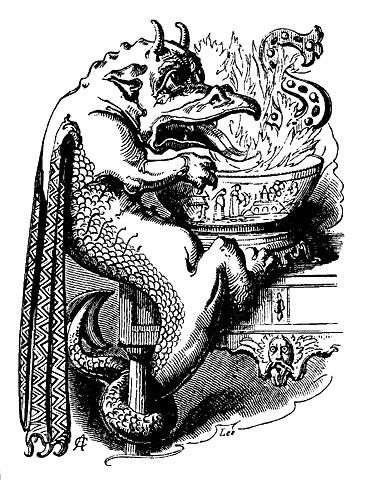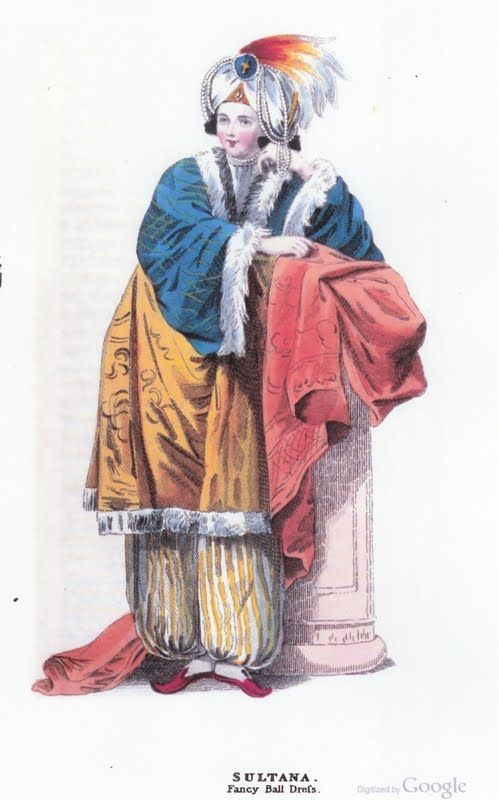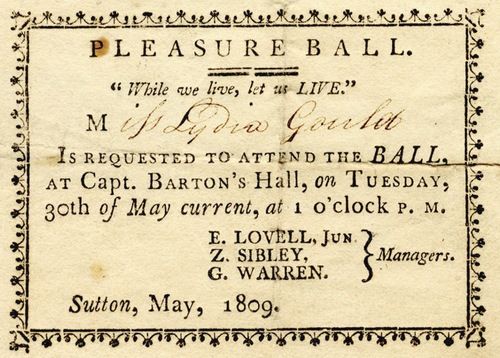Female Markswomen
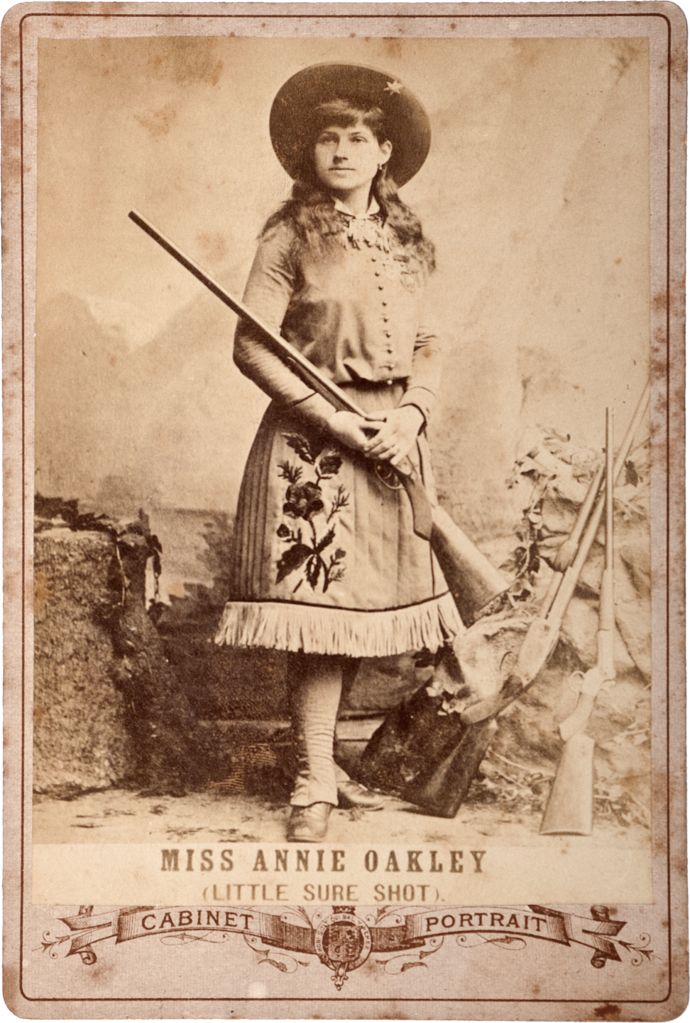
Annie Oakley wasn’t the earliest female markswoman. Long before she came along, there was Alice Ferree, a gunmaker’s wife in Pennsylvania, who tested all her husband’s rifles and was apparently a crack shot. And I suspect there were plenty of others we just don’t know about. The Regency was an interesting time for shooters, though. The cartridge had just been invented, so guns were in transition from flintlock to percussion. Though it took a while for percussion guns to catch on, after that there was no more muzzle-loading.
Speaking of Annie Oakley (who lived in the Victorian age, not the Regency), most people don’t know that the Buffalo Bill Wild West Show toured Europe four times between 1887 and 1892. It was even part of the celebration of Queen Victoria’s Golden Jubilee and was wildly successful, with 300 performances and ticket sales of two and half million (according to Wikipedia). Annie Oakley actually inspired me to write Celia Sharpe.


